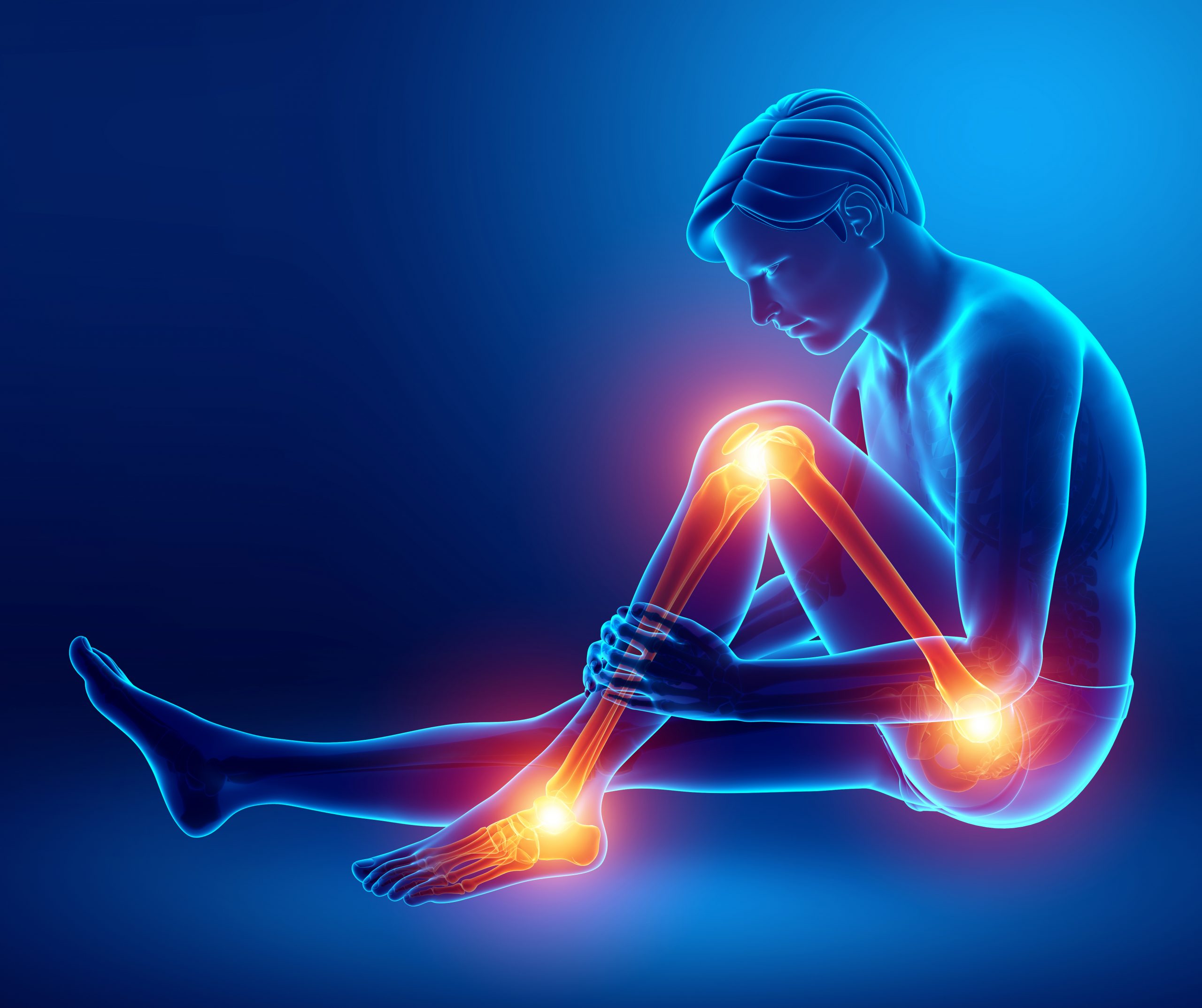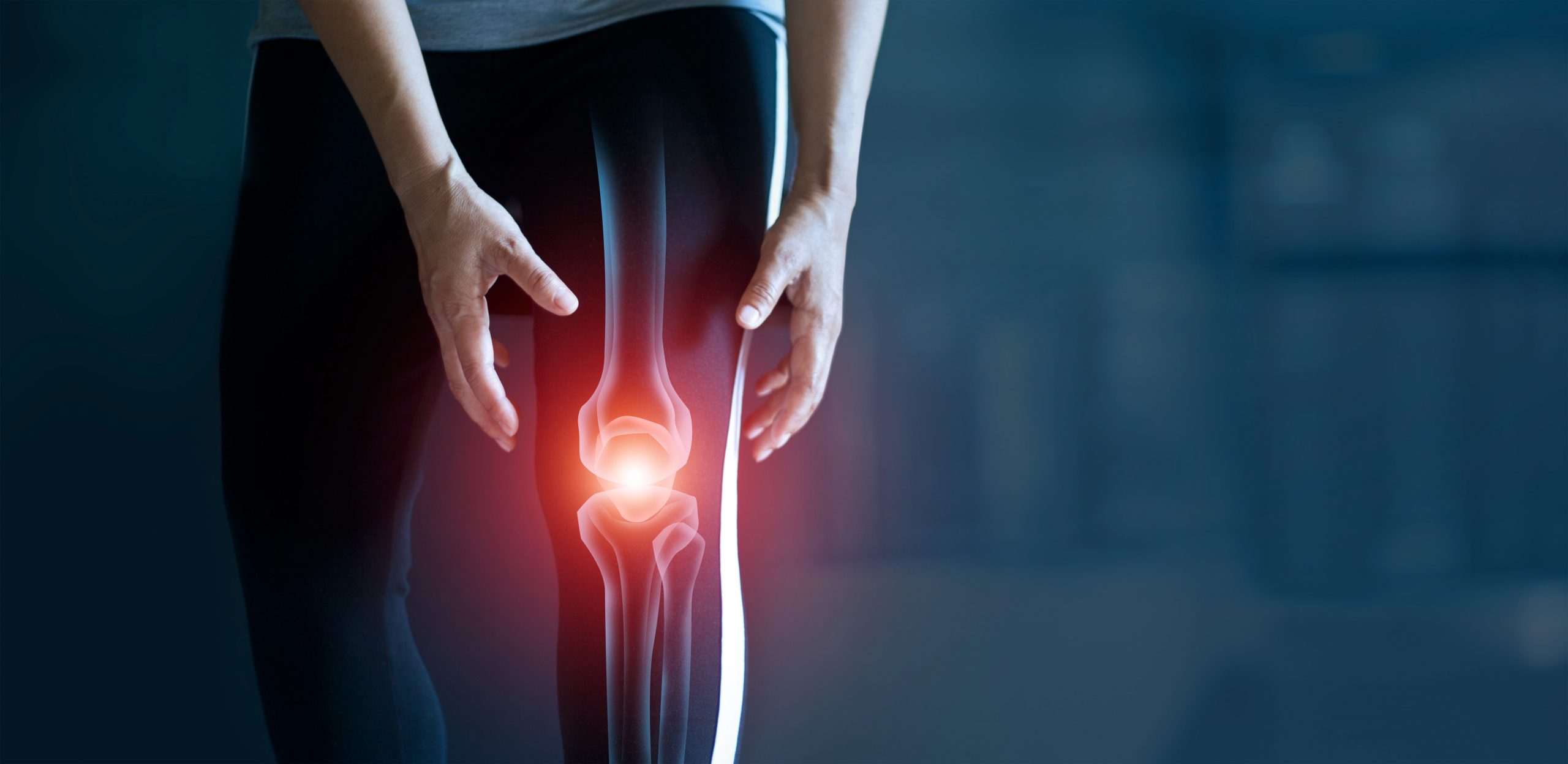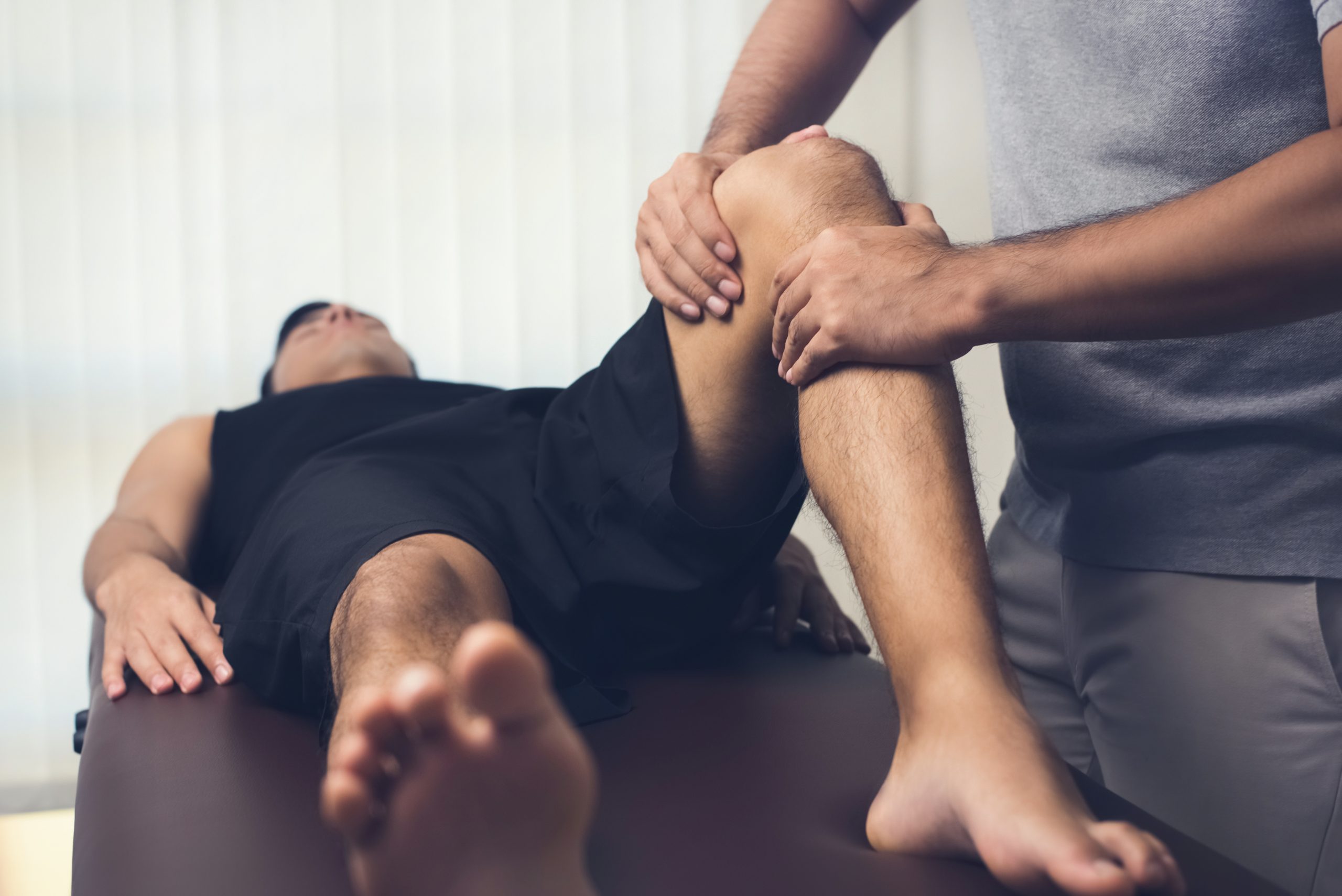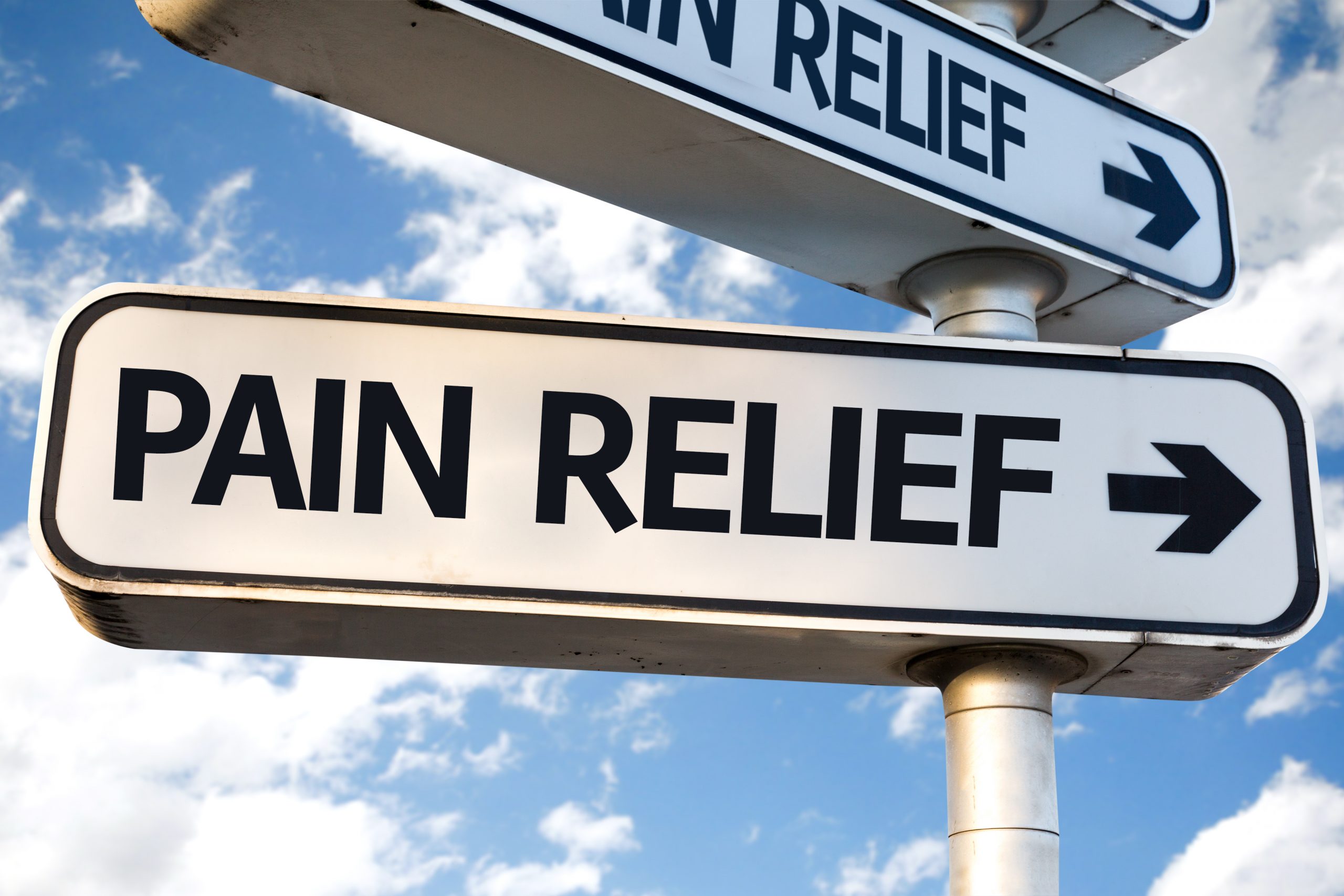Joint pain can be a debilitating condition that affects individuals of all ages. Whether caused by injury, arthritis, or other underlying conditions, finding effective relief is essential for maintaining mobility and improving quality of life. Hot and cold therapy, also known as thermotherapy, is a popular and natural approach to managing joint pain. In this article, we will explore the benefits of hot and cold therapy for joint pain relief, explaining how these contrasting temperatures can provide comfort, reduce inflammation, and promote healing.
- Hot Therapy for Relaxation and Blood Flow:
Hot therapy involves the application of heat to the affected joint, typically through the use of warm compresses, hot packs, or warm baths. The application of heat helps relax the muscles and surrounding tissues, promoting pain relief and easing stiffness. Heat also dilates blood vessels, improving blood circulation to the area. This increased blood flow delivers essential nutrients and oxygen, aiding in the healing process and reducing inflammation.
- Cold Therapy for Numbing and Inflammation Reduction:
Cold therapy, on the other hand, involves the application of cold or ice packs to the affected joint. Cold temperatures have a numbing effect on the nerves, providing immediate pain relief. Cold therapy also constricts blood vessels, reducing blood flow to the area and minimizing inflammation. By decreasing blood flow and limiting swelling, cold therapy can effectively manage pain and swelling associated with joint injuries or inflammatory conditions.
- Alternating Hot and Cold Therapy for Enhanced Benefits:
While hot and cold therapy can be beneficial individually, alternating between hot and cold applications can provide enhanced pain relief and therapeutic effects. This approach, known as contrast therapy, involves alternating between hot and cold treatments. The contrast in temperatures causes blood vessels to constrict and dilate alternately, creating a pumping effect that promotes circulation and reduces inflammation. Contrast therapy can be particularly effective for chronic joint pain, as it helps decrease swelling, relax muscles, and alleviate stiffness.
- Increased Range of Motion and Flexibility:
Hot and cold therapy can help improve joint mobility and flexibility. Heat therapy relaxes muscles and increases blood flow, promoting joint flexibility and reducing stiffness. This can be especially beneficial before engaging in physical activities or exercises. Cold therapy, on the other hand, helps numb the area, reducing pain and allowing for greater range of motion. By incorporating hot and cold therapy into a joint pain management routine, individuals can enhance their overall joint function and physical performance.
- Non-Invasive and Natural Pain Management:
Hot and cold therapy is a non-invasive and drug-free approach to managing joint pain. Unlike medications, which may have side effects or interactions, thermotherapy provides a natural way to alleviate pain and promote healing. It can be used as a standalone treatment or in combination with other therapies, depending on the individual’s needs and preferences.
- Easy and Convenient Application:
One of the advantages of hot and cold therapy is its ease of use and convenience. Hot therapy can be applied through warm compresses, heating pads, or warm baths, while cold therapy can be achieved with ice packs or frozen gel packs. These options are readily available and can be easily incorporated into a daily routine. Whether at home or on the go, individuals can find relief by applying hot or cold therapy to the affected joint as needed.
- Personalization for Optimal Relief:
The temperature and duration of hot and cold therapy can be adjusted based on individual preferences and specific conditions. Some individuals may find more relief from longer sessions of hot therapy, while others may benefit from shorter applications of cold therapy. It’s important to experiment and find the optimal balance that provides the greatest pain relief and comfort for each individual’s unique needs.
In conclusion, hot and cold therapy offers numerous benefits for joint pain relief.





